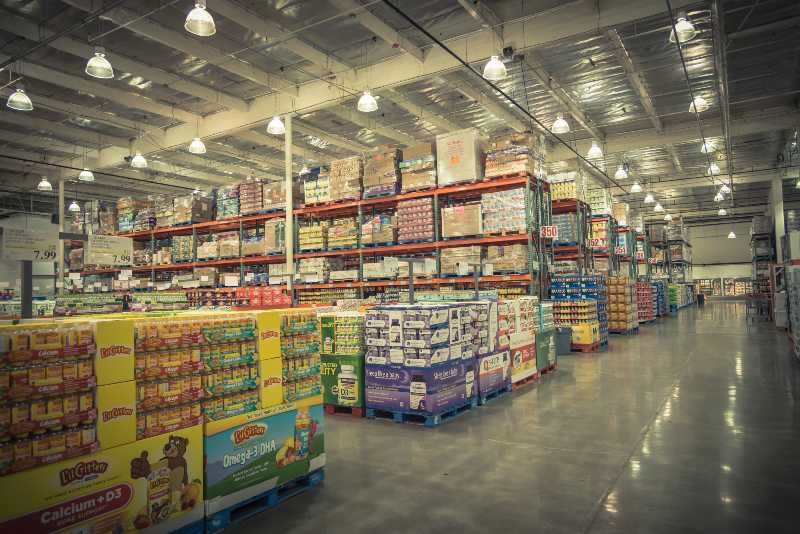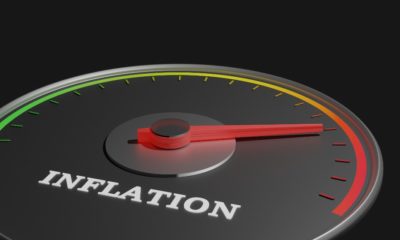Business
Wholesale Prices Rise 9.6%, The Highest Increase On Record

US wholesale prices rose by 9.6% last November versus levels from a year ago. This is the highest rate of increase recorded since November 2010. This is when the Labor Department began keeping records.
RELATED: 69% Of Americans Disapprove Biden’s Handling of Inflation
Wholesale Prices Rose 9.6% In The Last 12 Months

Wholesale prices, also known as the producer price index, registered a 9.6% growth over the last 12 months. For November, growth totaled 0.8%.
Economists expected a gain in wholesale prices but were aiming at a slower rate of 9.2%. The higher-than-expected growth rate means that inflation is still running wild.
Removing food, energy, and trade services, core producer price index rates rose 0.7% for the month or a 12-month rate of 6.9%.
Earlier, analysts estimated growth to fall at 0.4% and 7.2% respectively. This means the monthly gain registered faster growth while the year-over-year measure ran at a slower pace.
Current Core Inflation Rates Hottest in 30 Years
The Labor Department only started recording wholesale prices in November 2010. The agency started listing core calculation dates only in August 2014.
Despite this fact, the numbers show that consumer prices are rising at the fastest pace in nearly 40 years. Meanwhile, core inflation is running the hottest in 30 years.
However, demand for goods continues to drive wholesale prices, rising 1.2% for November. This is 0.01% lower than the 1.3% growth the previous month.
Final demand services inflation ran at a 0.7% monthly rate. This is way much faster than the 0.2% October rate. This also signals that the services side might catch up in prices after falling behind throughout the recovery period.
Stock Markets Shows Mixed Results
The stock markets responded to the news with mixed results. Investors see inflation and the strong possibility of a Federal Reserve policy reaction as threats to the bull market for equities.
The US central bank started its two-day policy meeting last Tuesday. Expectations are running high that the agency will drop its pandemic economic assistance measures. Many are also expecting a rise in interest rates beginning mid-2022.
Federal Reserve officials are finally turning around to their costly underestimations of inflation. For months, officials led by chairman Jerome Powell insisted that the high inflation rates are transitory.
However, Powell and other Federal Reserve officials began dropping the word. They said that “transitory” will no longer appear on future Fed communications.
Powell now admits that supply chain bottlenecks and surging demand are helping keep prices high despite higher demand.
Prices Going Up and Down
Meanwhile, final demand energy prices spiked 2.6% in November despite crude prices going down. Food prices also went up 1.2%.
Then, transportation and warehousing rates increased by 1.9%. For investors, portfolio management surged 2.9%.
For materials, iron and steel scrap prices surged 10.7%. In addition, the costs of gasoline, fruits, and vegetables, and industrial chemicals also went up.
In contrast, diesel fuel costs declined by 2.6% for the month, while chemicals and allied products wholesaling fell by 1.3%.
Watch the Inside News video reporting that wholesale prices measure rises 9 6% in November from a year ago:
What do you think of rising wholesale prices? Do you think prices will subside in the next few months? Or, do you think inflation will continue to remain uncontrollably high?
Tell us what you think about the current economy. Share your comments below.















